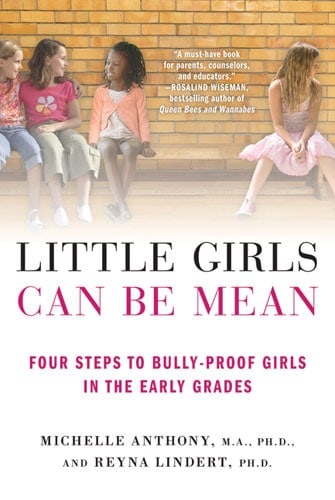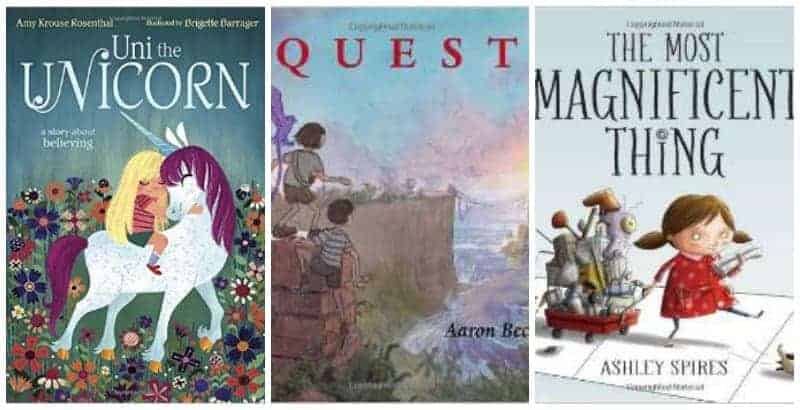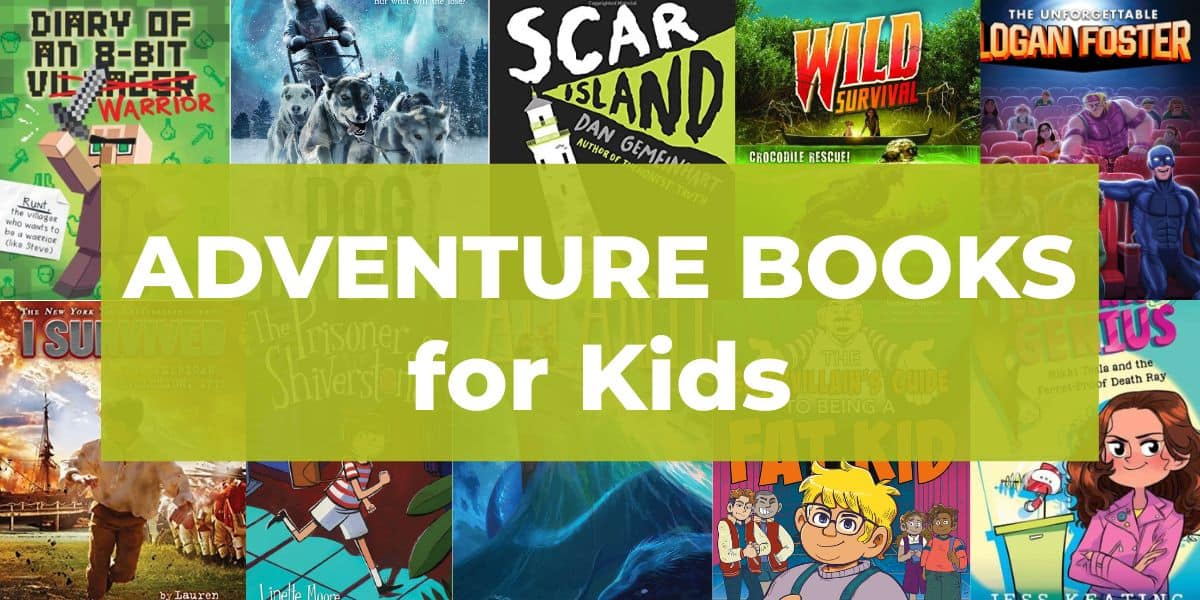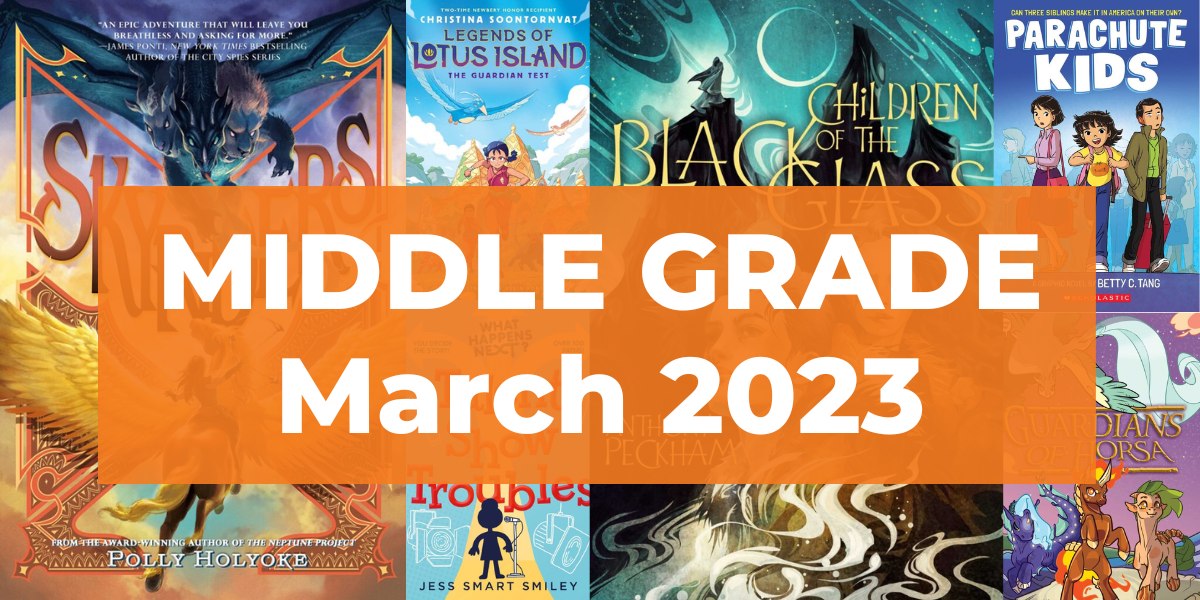The Best Friend and Worst Enemy Bully
This post may contain affiliate links.
Very commonly, elementary aged girls are bullied by good friends. Surprised? I was, too.
Girl friends bullying girl friends is the premise of Little Girls Can Be Mean (affiliate link). One of the authors, Michelle Anthony, Ph.D., walked me through the book over coffee recently.
Initially, when she told me about her book, I felt shocked. Friends as bullies?
Then I thought about girls. And how they can be.
Are you with me so far?
Best Friend and Worst Enemy Bully
Except, it’s not what we’ve been teaching our children about bullies. We’ve been teaching kids that the bullies are mean kids. Not our friends. Never our friends.
“It’s very confusing for kids,” says Anthony, “their idea of bullying is very stereotypical, not the best friend / worst enemy.”
With boy’s it’s different, it’s physical. But, with girls it’s relational, explains Anthony.
Anthony says, “Girls in general are trying to find power in the relationships, that is why we find mean behavior – begin in elementary school, in general kids are mean because they’re trying to serve a purpose for themselves.”
This book began when Anthony’s daughter had a friend who turned against her. Together they began a journey of trying to deal with this friend (frenemy.)
Anthony realized that she couldn’t just tell her daughter to play with someone else. Not when her daughter craved a friendship, and wanted to be friends with the girl who was bullying her. So, Anthony and her co-author, Reyna Lindhert, figured out a way to help Anthony’s daughter see the situation for what it was, assert herself and problem solve. The book, Little Girls Can Be Mean, breaks it down into four steps.
The Four Steps
- Observe. Watch your child as a social being in a new way and how she responds to conflict
- Connect with your child. “I notice that when your friend Katie leaves, you start fighting with your brother a lot. Are you sad that she’s leaving?” Help your daughter begin to notice things. You want to give empathy but NO problem solving. You’re setting yourself up as her partner. You’re becoming a team.
- Guide. When you really are connected, together brainstorm and list all the things you can do to deal with the bully. All your ideas are valuable – even sending the bully to the moon. Write up a whole list of possibilities. What this does makes it seem like there are many solutions. That it’s not an insolvable problem.
- Support the Act. Help your daughter choose one of two things herself that she’s going to do. Then role play what she’ll do. P.S. SHE chooses – NOT YOU says Anthony because your daughter is building inner strength inside herself. If the idea doesn’t work, go back to the list and choose another.

Anthony lives in the Denver area, does workshops all over the country, and writes a column for Parent and Child magazine.
This book changed everything for me – and I think it will for you, too. It’s the best resource for elementary-aged girl bullying. You can’t do anything about the other girl’s behavior, but you can empower your own child. I really, really appreciate this empowering approach, what about you?
![]() Some rights reserved by oksidor
Some rights reserved by oksidor
YOU MIGHT ALSO LIKE . . .






This is empowering. I have been taught, as a school teacher, all about bully prevention. However, the fact that bullies can be your friends has never been brought up or addressed. I have seen this in a friend of my 5 year old. I know the girl has been mean, but my daughter just doesn’t understand it. Now, I can help her understand it as well! Thank you!!!
It was eye-opening for me, too! Glad you found it helpful.
As a person that has worked with kids of all ages for over 30 years (and the mother of 3 daughters)…Not only observe your daughters for indicators that they are being bullied, but look for behaviors that might indicate that your daughter IS the bully. We do not want to think of our own daughters being the “mean girls”, but remember that somebody’s daughters are. If you are alert for this, you can head it off before she becomes a permanent full blown mean girl. It always starts innocent enough, but left unchecked, those little things can and will snowball into bully behavior. It is much harder to stop once she has felt the “power” of being the “mean girl”……
wow, such a great point. Thanks, Karen.
Do you have any tips and suggestions to help me, help my daughter not to be the “mean girl” she is
3 1/2 and is so mean to me and her siblings I’m afraid to let her play with friends for fear she will be mean to them. She does have play dates with other little girls and there has never been an issue. does this book address this as well? Thanks for this post.
from Michelle via email . . . Hi Heather,
Thanks so much for you comment. It’s actually a really good sign that you recognize the difference in the way your daughter treats her parents and siblings from the way she is (presently) treating her friends, even at this very young age. Kudos to you for taking the time to address this important issue when you still have so much influence over her! What you describe is actually very common among girls who are “trying on” different power roles, and are falling into meanness, often due to a lack of skills. Yes, the book has an entire section on how to respond and manage meanness when you see it in your own child, as well as many activities that will foster the more positive and beneficial relationships you are clearly trying to instill.
Let me know how it goes!
Best,
Michelle
This is a great point. I would like to encourage parents who suspect that their daughter or son might be the mean one to take heart. That kind of behavior is definitely correctable and probably indicates that she or he naturally has courage, strength of personality and leadership potential. While allowing your kid to bully is a terrible idea, your kid is not evil. Most people’s strengths have a similar potential weakness.
Urgh, this really smacks of my own problems in grade school with best friend bullying. The thing is, I both gave it and received it: are there suggestions in the book for how to cope with it when you think your child may be guilty of this type of behavior? We talk about, “How did it make you feel when your friend did (Behavior X)?” and then segue into “So you wouldn’t want to make someone else feel like that, right?” but I don’t know if it gets fully internalized or not.
Any ideas?
I teach preschool and this occurs as early as age 3 or 4. I have a difficult time with it and recognize that I don’t handle it as well as I do with boys. I will be ordering this book ASAP!
As a K-6 school administrator I plan to order this book. It is such a shame that others need to “value” themselves by hurting others. It does happen in schools and other places. We do our best on campus to elimate all bullying by hopefully teaching the children why they are bullied AND why they, themselves are sometimes the bully. Can’t wait to read the book and share it with parents and teachers.